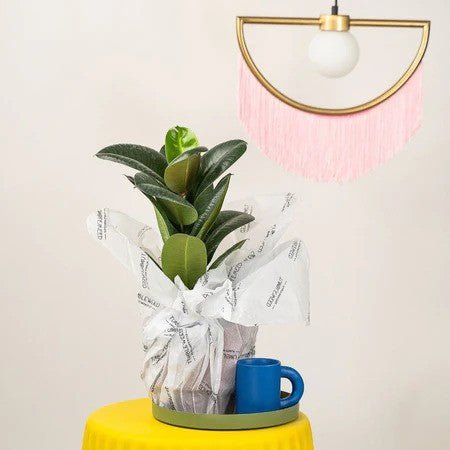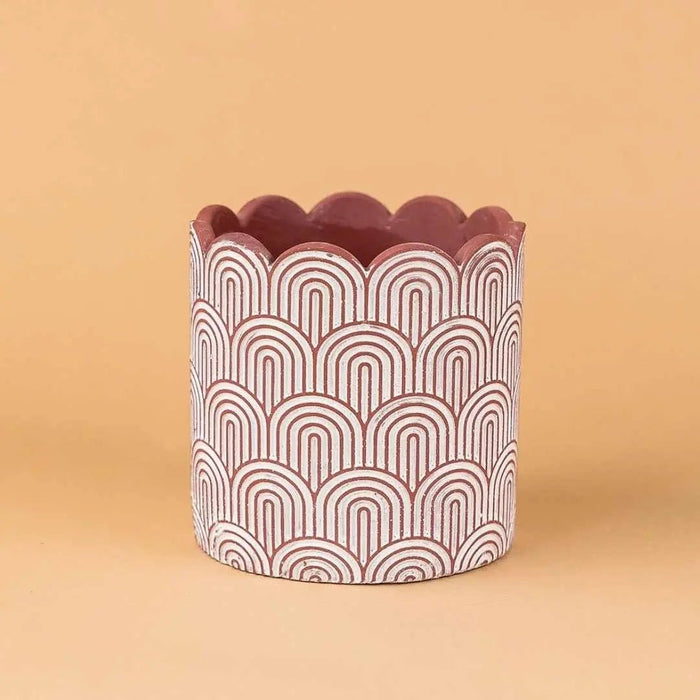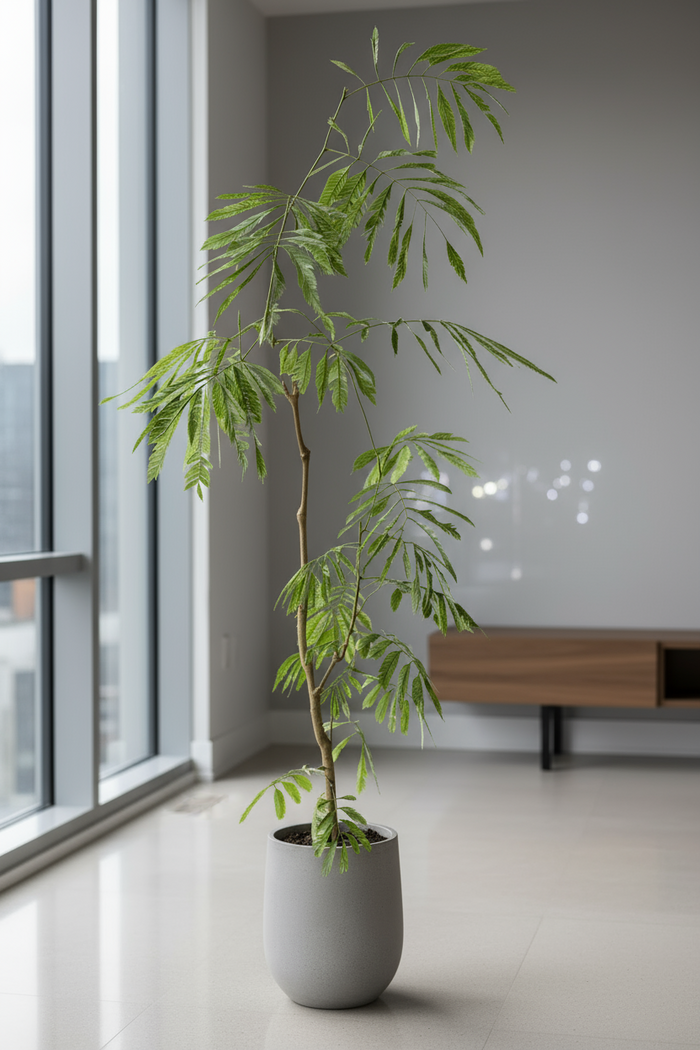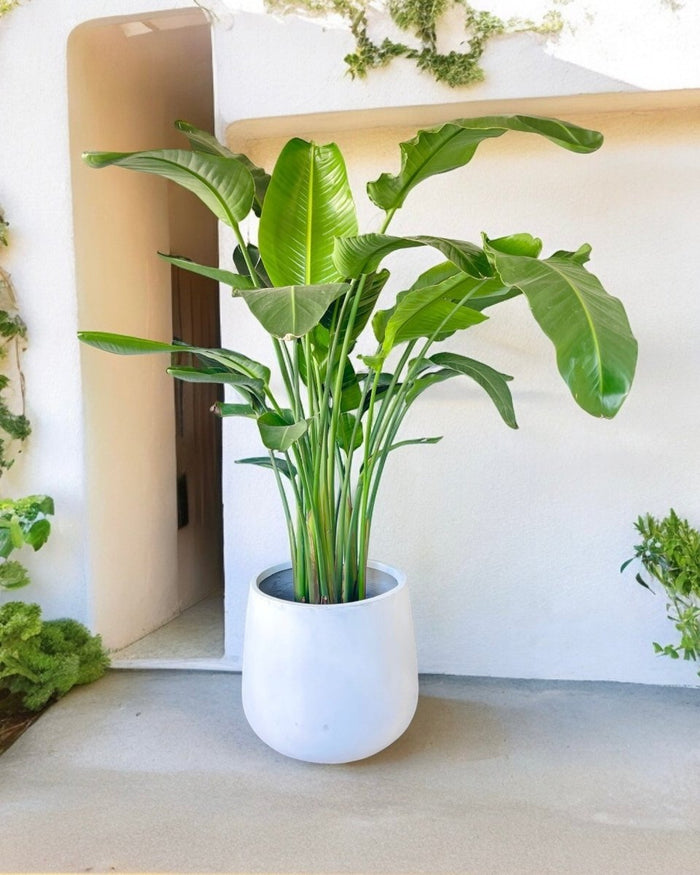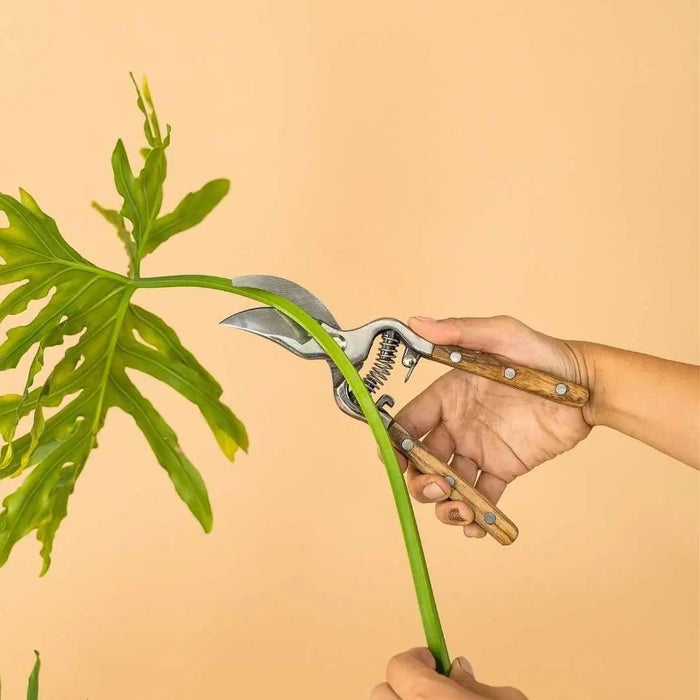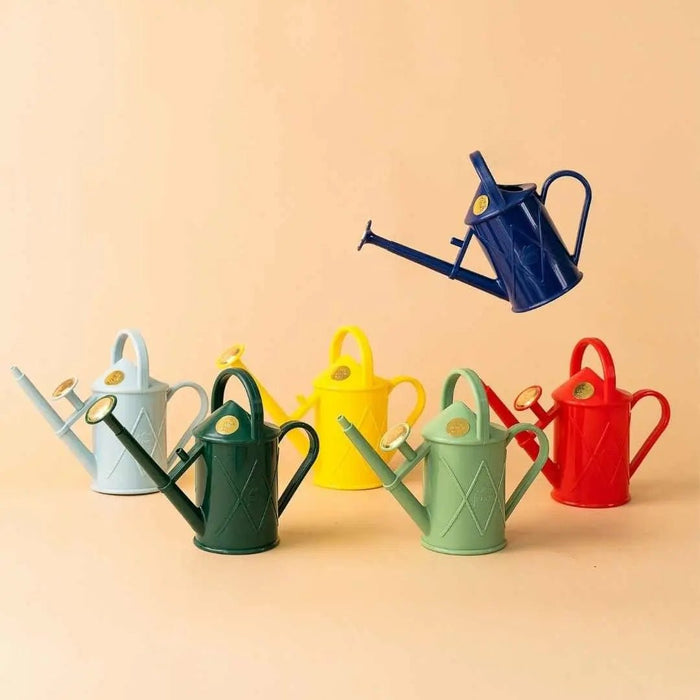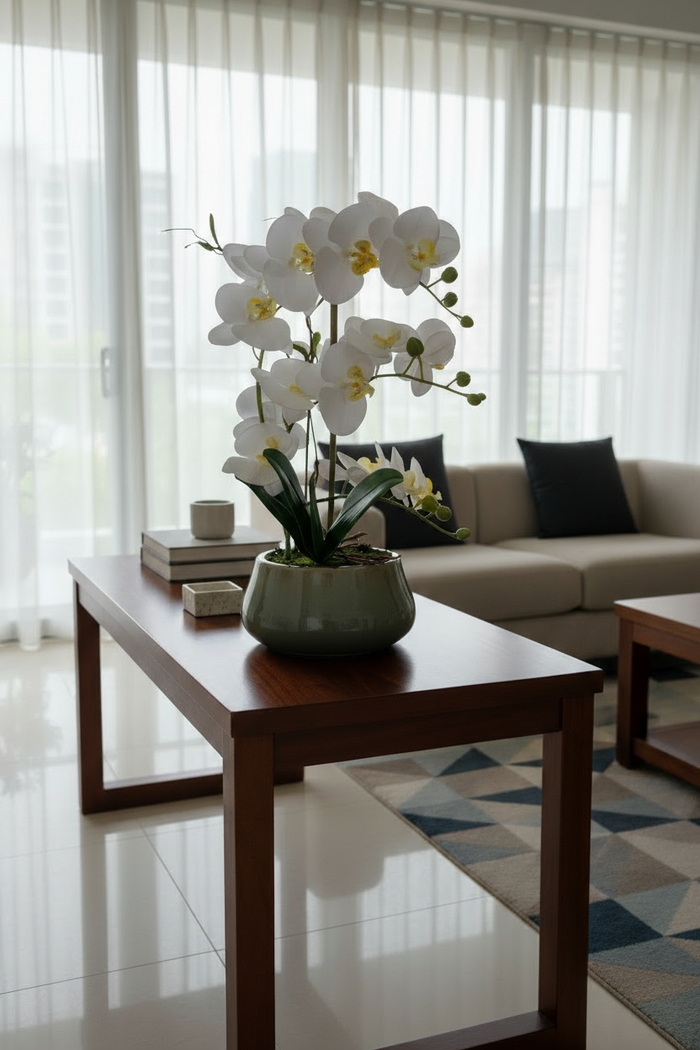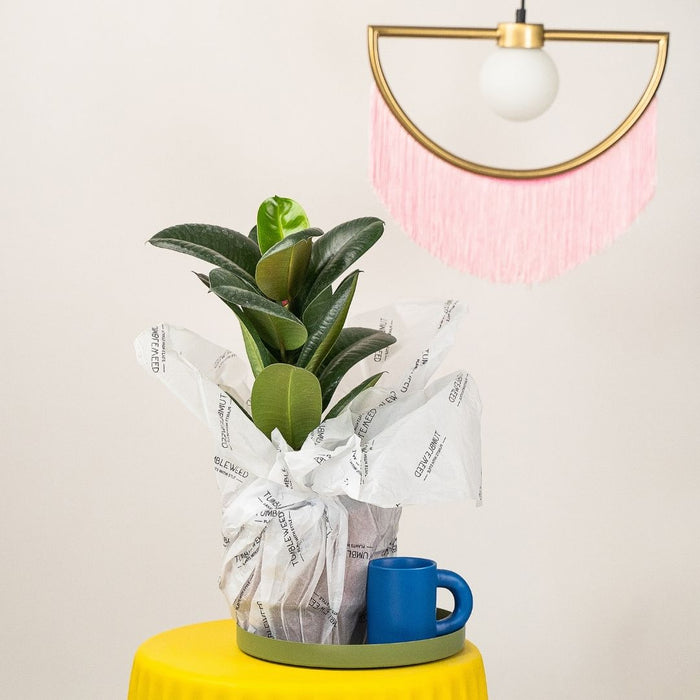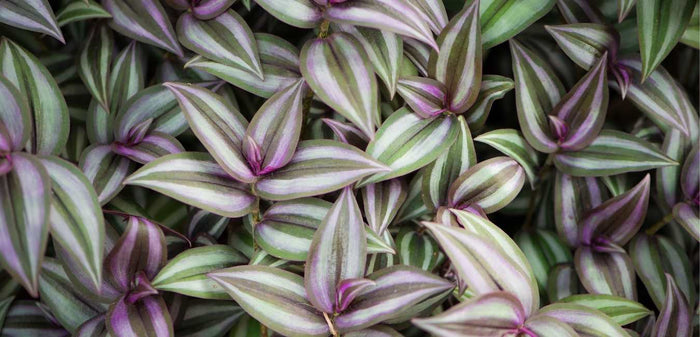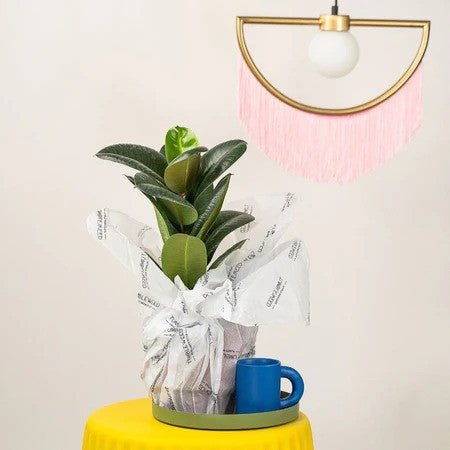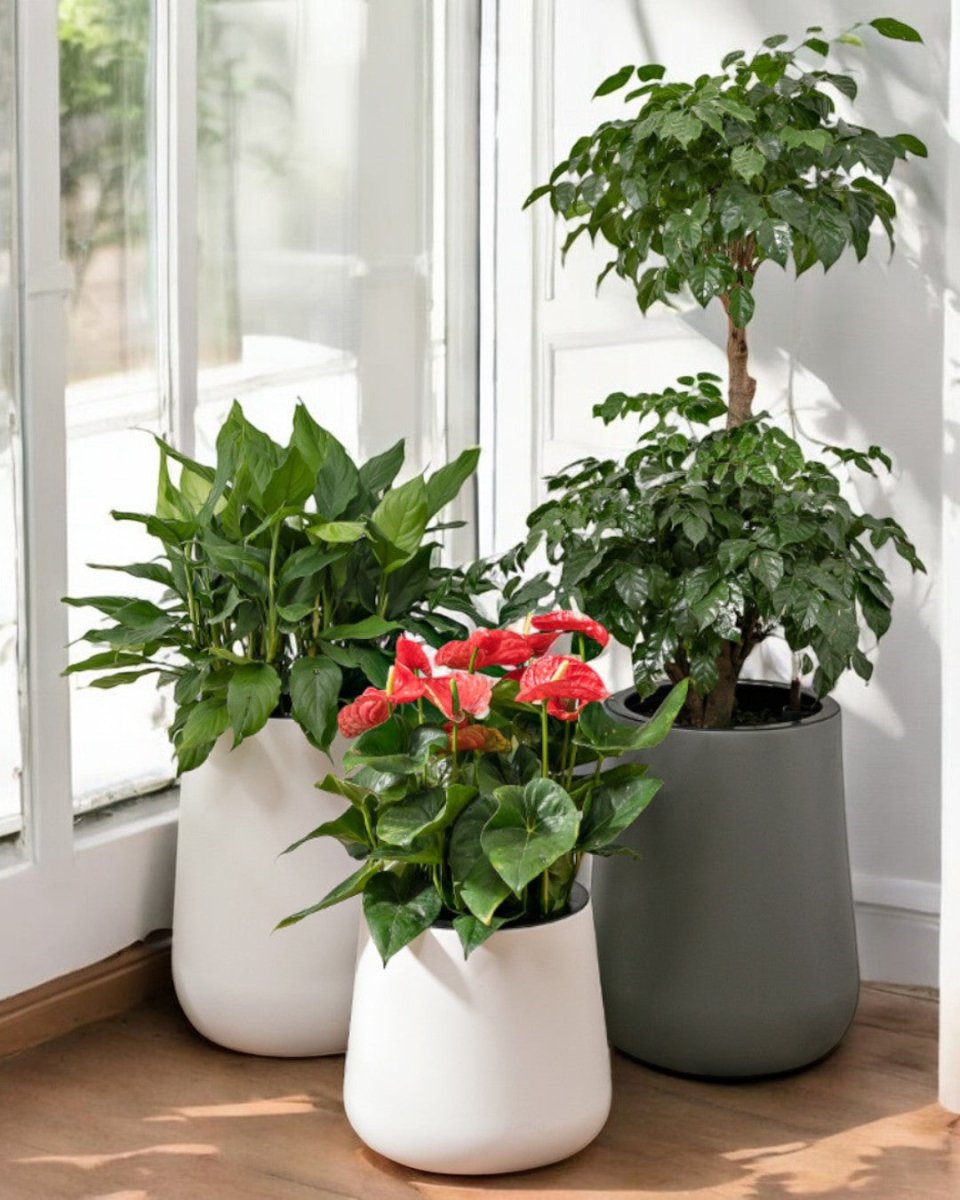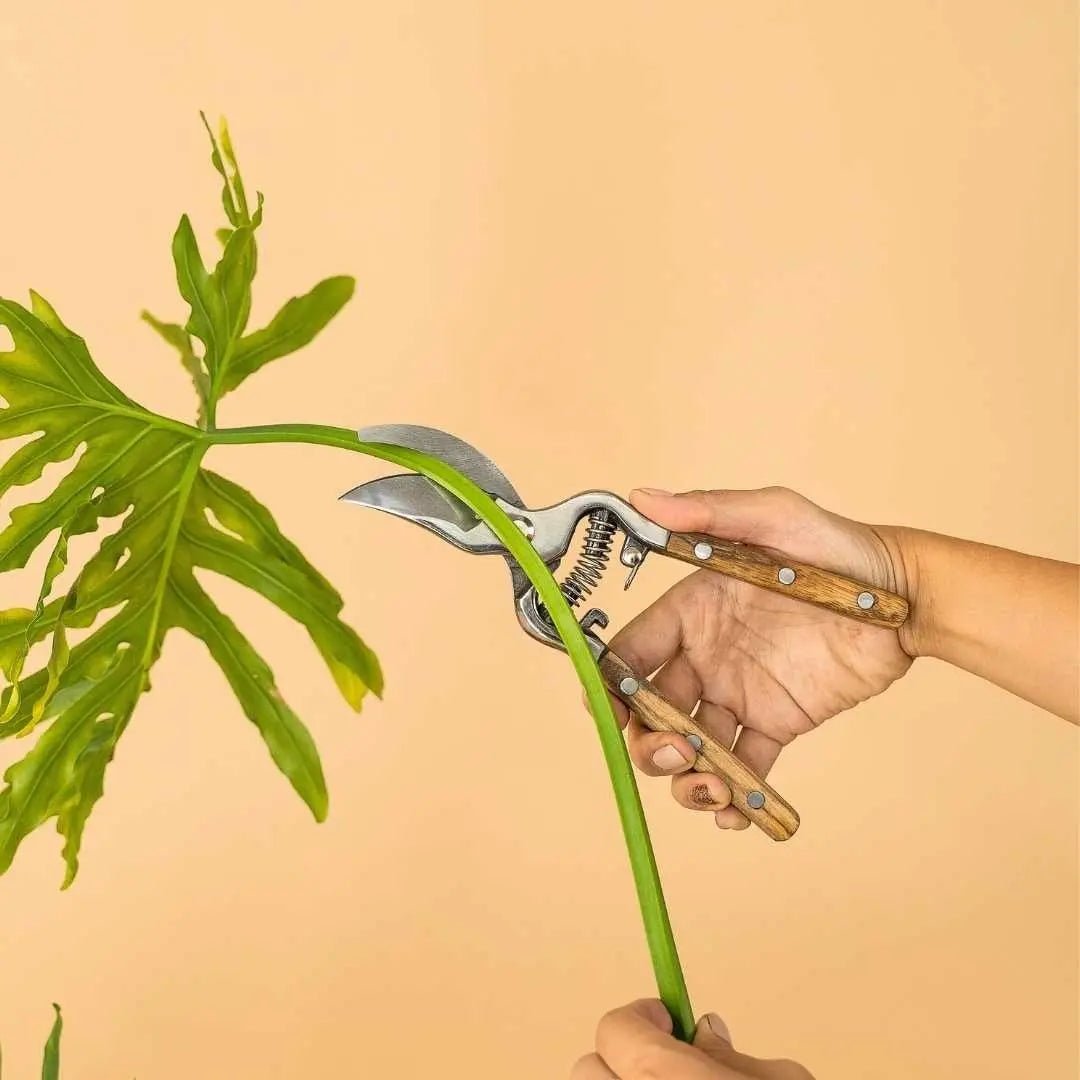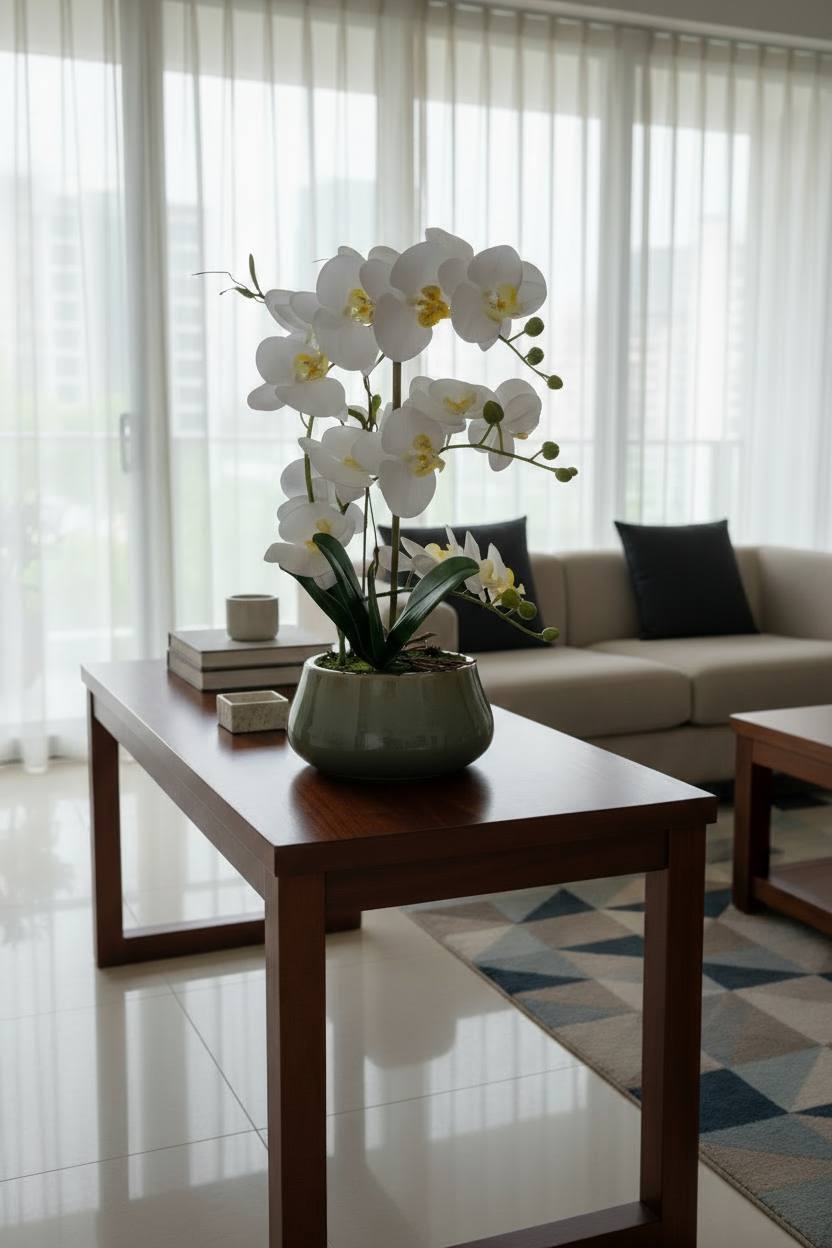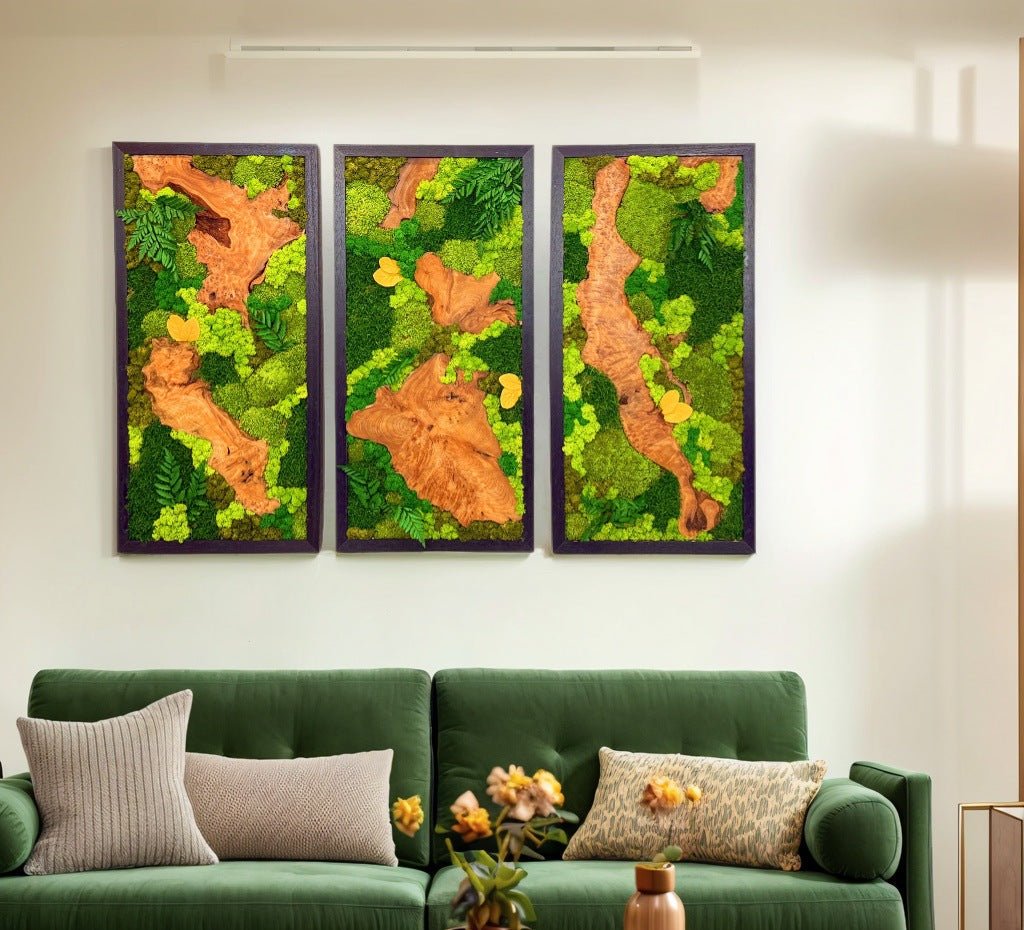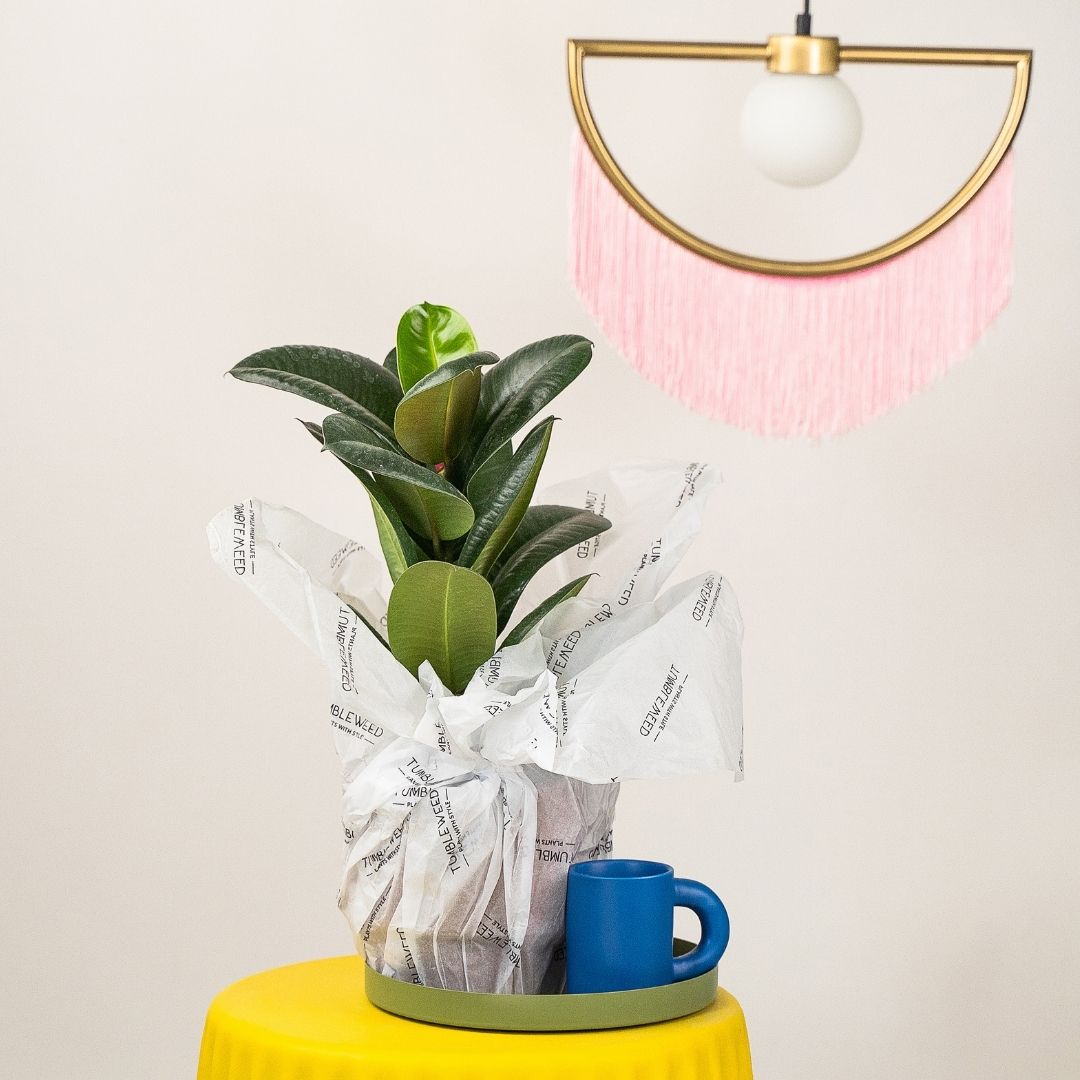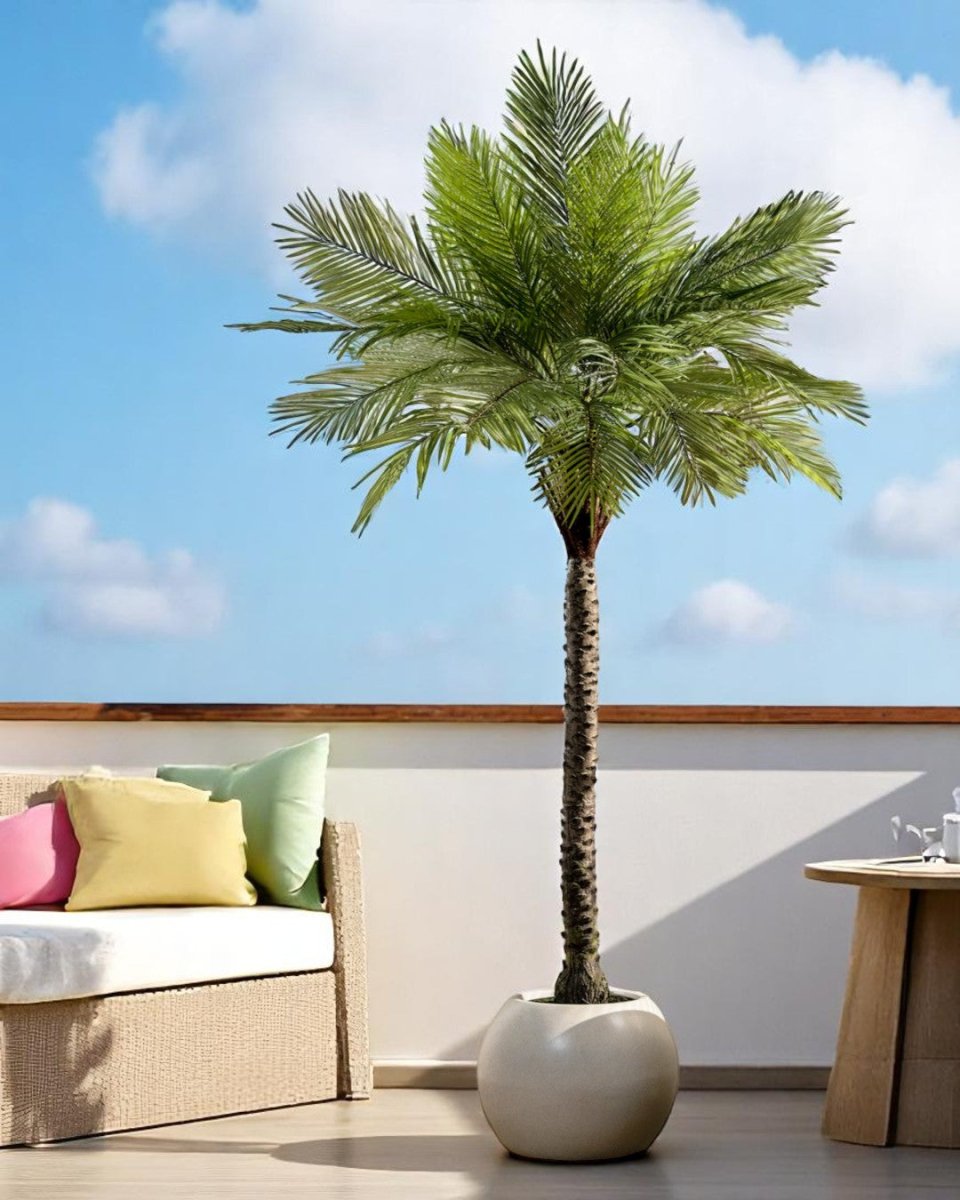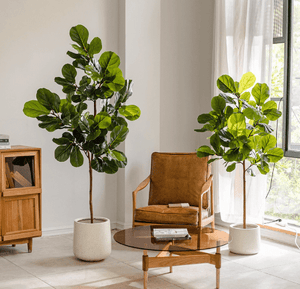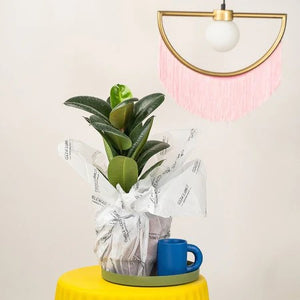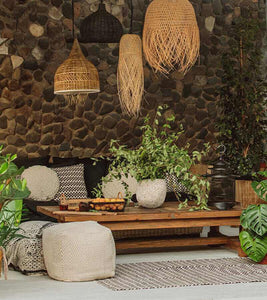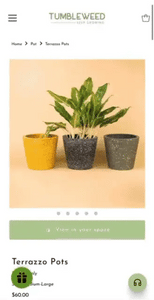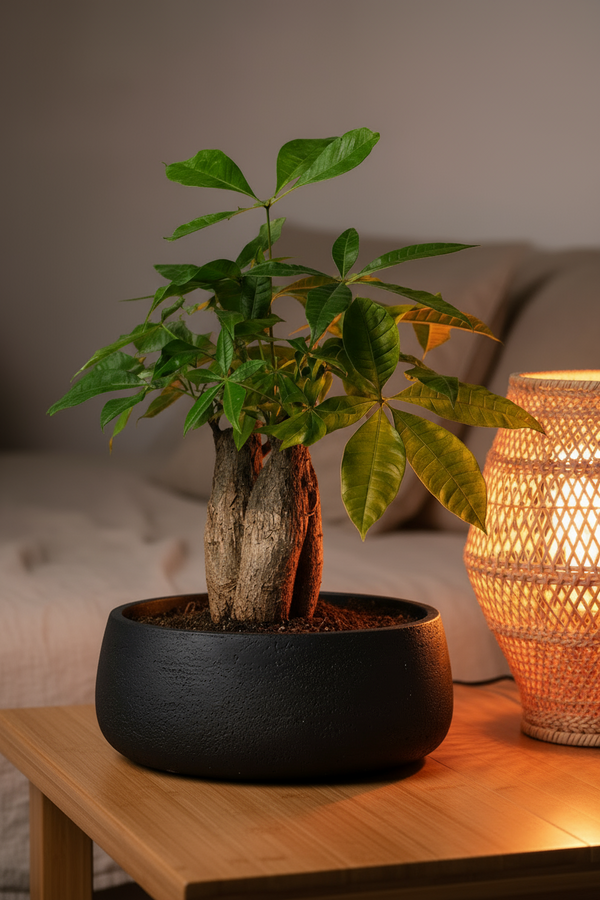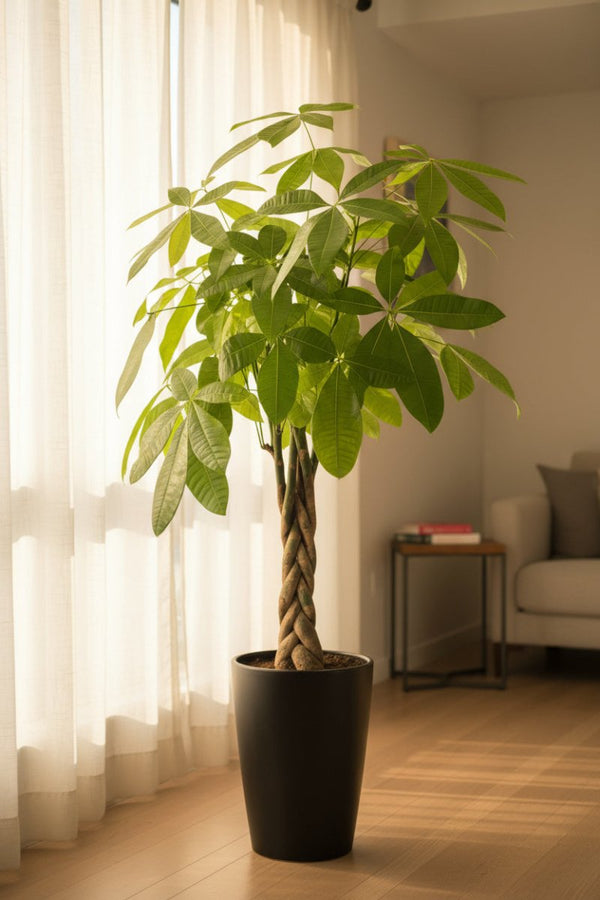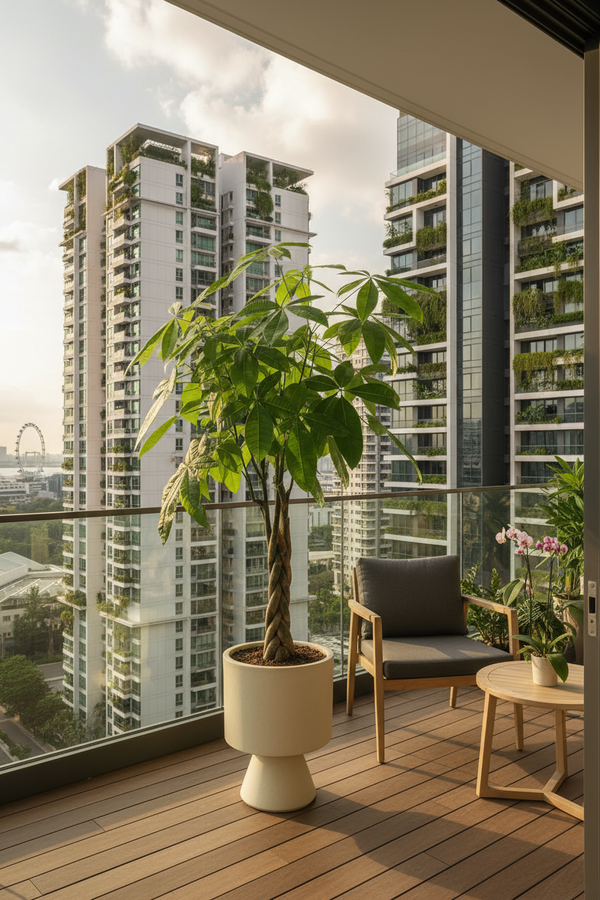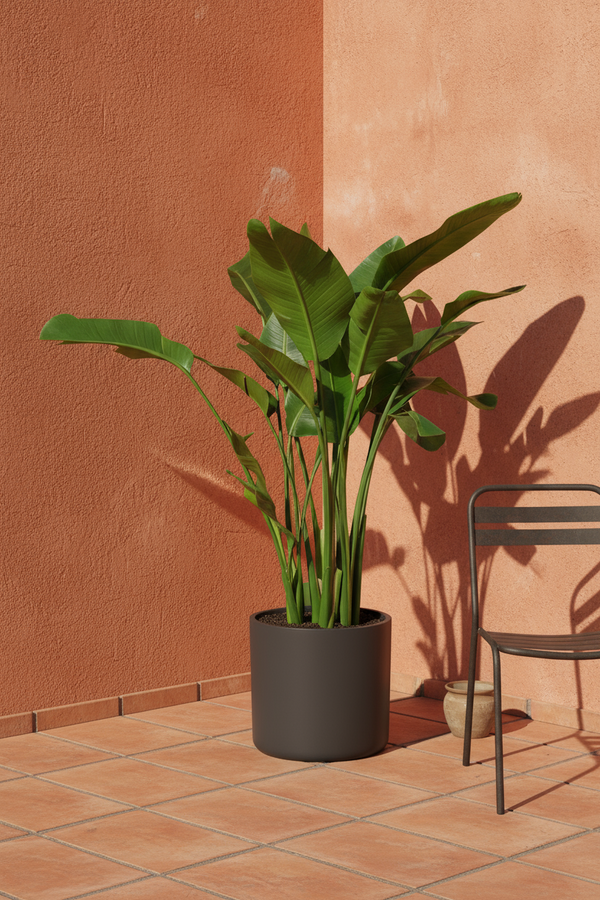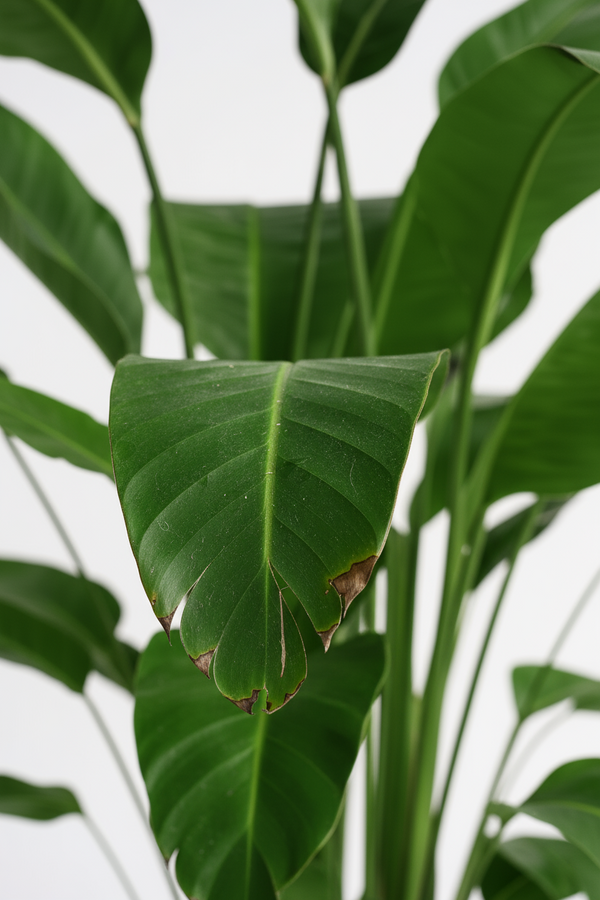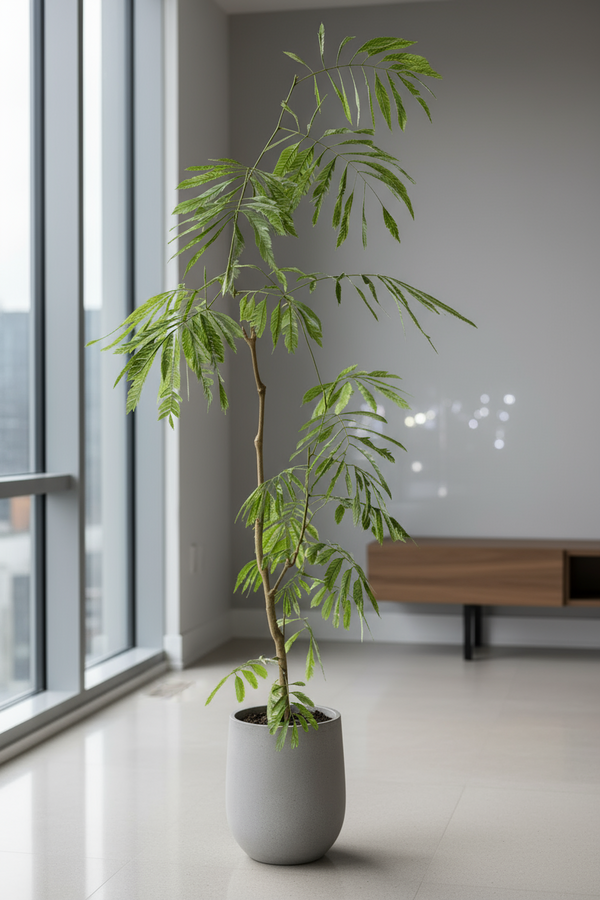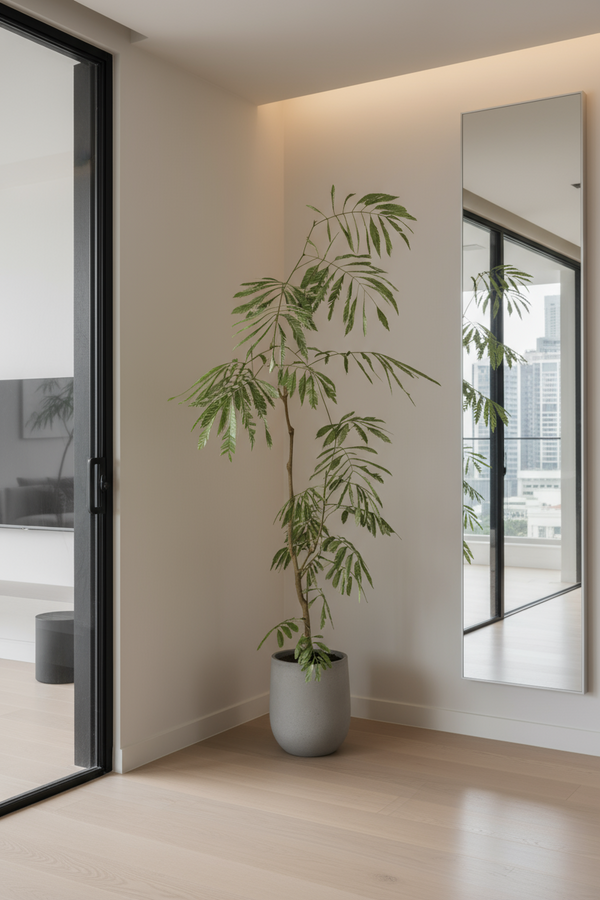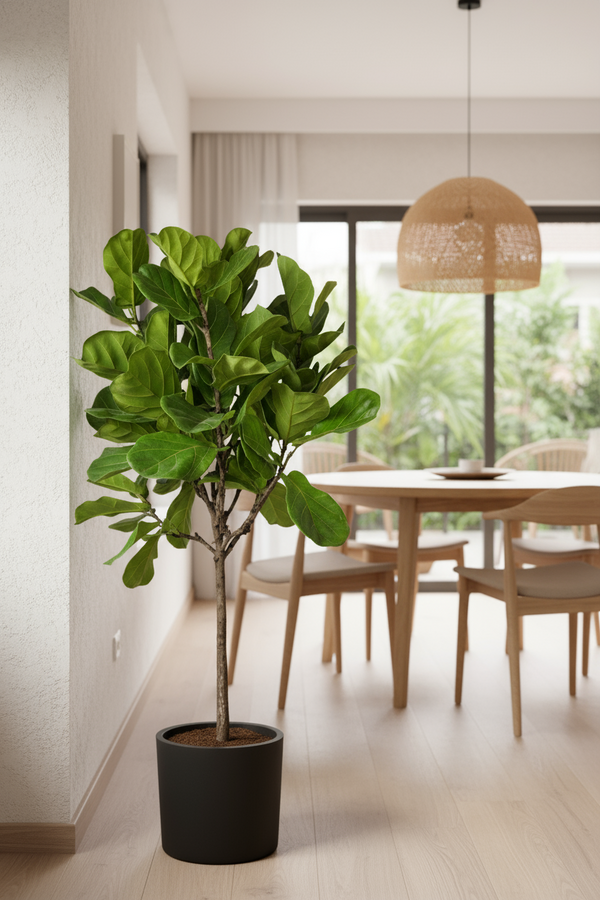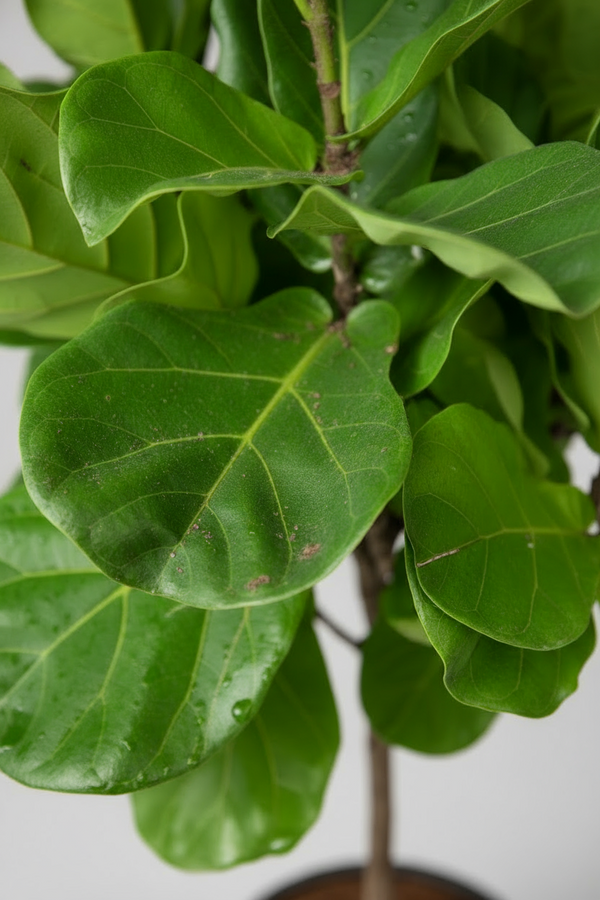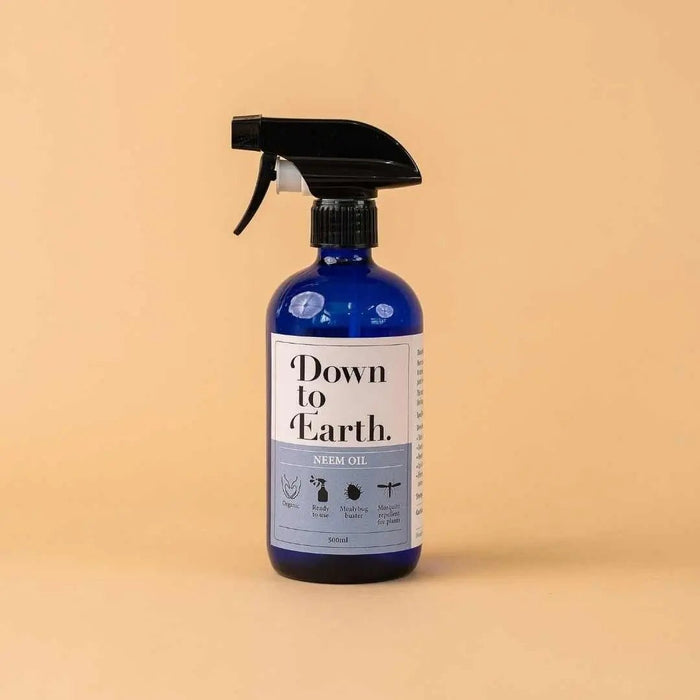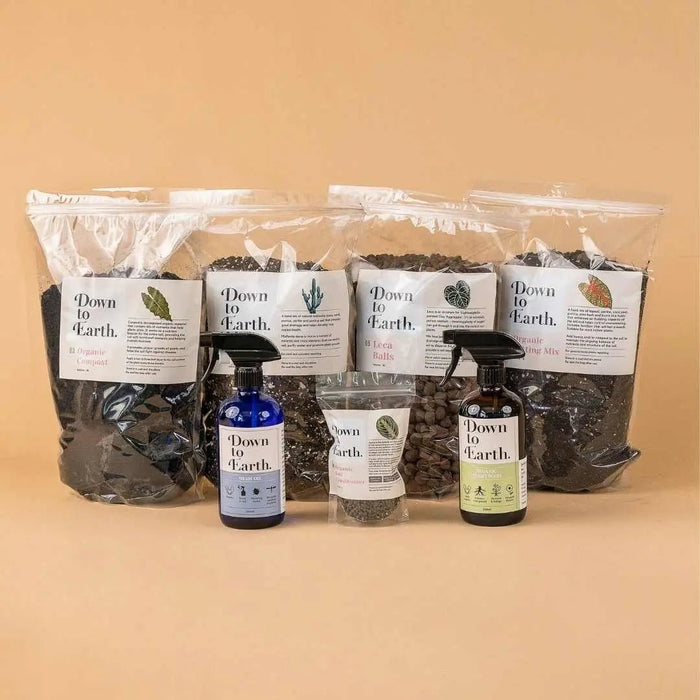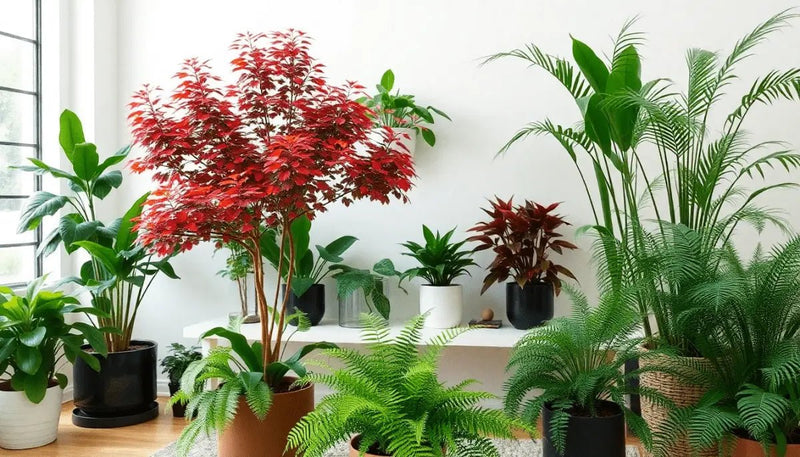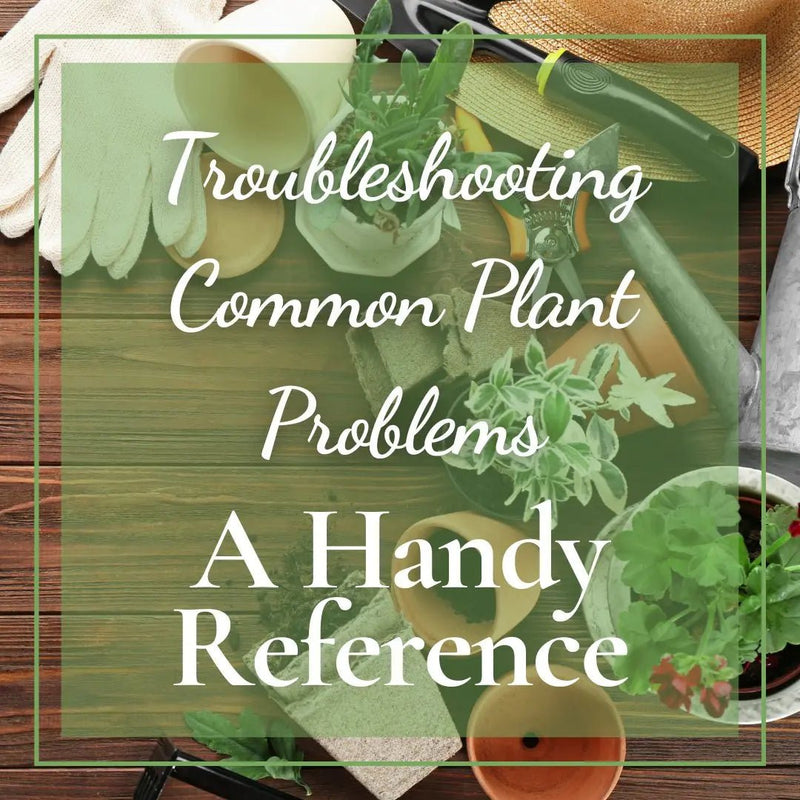Breathe Easier Now: 11 air purifying plants that actually work
Posted on September 20 2025
- What "air purifying plants" really do (and don't)
- Benefits you can expect in real homes
- Proper plant care fundamentals
- Curated air-purifying plant selection
- Limits to understand for responsible results
- Match light, temperature, and humidity
- Maintenance level and watering habits
- Safety and sensitivity
- 11 air purifying plants that actually work
- Snake Plant (Dracaena trifasciata)
- Spider Plant (Chlorophytum comosum)
- Peace Lily (Spathiphyllum spp.)
- Pothos (Epipremnum aureum)
- Rubber Plant (Ficus elastica)
- Areca Palm (Dypsis lutescens)
- Boston Fern (Nephrolepis exaltata)
- ZZ Plant (Zamioculcas zamiifolia)
- English Ivy (Hedera helix)
- Chinese Evergreen (Aglaonema spp.)
- Bamboo Palm (Chamaedorea seifrizii)
- Placement and care tips for maximum impact
- Put plants where you spend the most time
- Keep leaves clean and airflow moving
- Pair plants with proven air-quality strategies
- Safety, allergies, and when not to use plants
- Prevent mold and pests
- Allergy and sensitivity checks
- Pets and kids
- FAQs about air purifying plants
- How many plants do I need to notice a difference?
- Do plants clean the air at night?
- Which plants work in low light apartments?
- Can plants replace my air purifier?
- Will plants increase room humidity too much?
- How long until I notice cleaner air?
- Key takeaways
What "air purifying plants" really do (and don't)
The verdant allure of air purifying plants has captivated homeowners seeking natural solutions for indoor air quality. While these botanical specimens offer genuine benefits, understanding their capabilities and limitations ensures realistic expectations and optimal results.
Benefits you can expect in real homes
Air purifying plants contribute to indoor environments through several measurable mechanisms. Their foliar surfaces function as biological interceptors, actively capturing airborne particulates and microscopic debris that would otherwise circulate throughout living spaces.
- Capture of dust and some particulates on leaf surfaces.
- Minor VOC uptake in leaves/roots under the right conditions (based on lab studies).
- Humidity buffering and improved perceived air freshness and wellbeing.
The transpiration process inherent to plant physiology creates subtle humidity regulation, moderating excessively dry conditions while contributing to perceived air freshness. Laboratory investigations have documented phytoremediation capabilities, where plant tissues absorb volatile organic compounds through stomatal exchange and root uptake mechanisms.
Proper plant care fundamentals
Successful cultivation of air purifying plants requires precise monitoring of soil moisture levels, light exposure, and environmental conditions. Overwatering remains the primary cause of plant failure, leading to anaerobic soil conditions and pathogenic proliferation.
Understanding your plants' hydration needs becomes significantly easier with proper monitoring tools. The 3-in-1 Moisture Meter provides accurate readings of soil moisture, pH levels, and light intensity, eliminating the guesswork from plant care. This comprehensive instrument helps prevent both drought stress and waterlogged conditions that compromise plant health and air-purifying capabilities. By maintaining optimal growing conditions, your plants can perform their air-cleaning functions more effectively while thriving in your indoor environment.
Curated air-purifying plant selection
For those seeking to establish an immediate air-purifying garden, selecting proven species eliminates trial-and-error experimentation. A thoughtfully curated collection of air-purifying plants offers the convenience of pre-selected varieties known for their atmospheric benefits and cultivation reliability.
The Air Purifying Indoor Plants collection features scientifically-backed species that have demonstrated measurable air-cleaning capabilities in controlled studies. These carefully chosen specimens represent diverse growth habits, light requirements, and aesthetic appeals, allowing you to create a comprehensive air-purifying ecosystem tailored to your specific indoor conditions and maintenance preferences.
Limits to understand for responsible results
Botanical air purification operates within definitive parameters that require acknowledgment for responsible implementation. The phytoremediation effects observed in controlled laboratory environments often translate to more modest improvements in typical residential settings.
- Plants do not replace ventilation or HEPA filtration; effect sizes are modest in typical rooms.
- High plant densities would be needed to match a mechanical air purifier's clean air delivery rate.
- Source control and airflow still do most of the work for indoor air quality.
Quantitative analysis reveals that achieving air purification rates comparable to mechanical systems would necessitate impractical plant densities—potentially requiring dozens of specimens per room. The clean air delivery rate (CADR) of plants remains substantially lower than engineered filtration systems, positioning them as complementary rather than primary air quality solutions.
Selecting appropriate air purifying plants requires careful assessment of environmental parameters and personal circumstances. The synergy between plant characteristics and spatial conditions determines both survival rates and air-cleaning efficacy.
Match light, temperature, and humidity
Photosynthetic efficiency directly correlates with available illumination, making accurate light assessment crucial for plant selection. Many enthusiasts overestimate their indoor light levels, leading to etiolated growth and diminished air-purifying performance.
- Assess true light levels (bright indirect, medium, low) where plants will live.
- Choose humidity-tolerant species for bathrooms vs. drier species for bedrooms/offices.
Microclimatic variations within homes create distinct growing zones. Bathrooms maintain elevated humidity through shower steam and water evaporation, favoring tropical species with high transpiration rates. Conversely, bedrooms and offices typically exhibit lower humidity levels, making drought-tolerant specimens more suitable for sustained health.
"The most successful indoor gardeners understand that plant placement is as important as plant selection—matching species to their optimal microenvironments ensures both aesthetic appeal and functional air-cleaning benefits."
Maintenance level and watering habits
Horticultural expertise varies dramatically among plant enthusiasts, necessitating honest self-assessment of care capabilities. Novice cultivators benefit from resilient species that tolerate inconsistent attention, while experienced growers can manage more demanding specimens.
- Low-maintenance picks for beginners vs. higher-care ferns and flowering plants.
- Avoid overwatering to prevent mold growth and root rot.
Overhydration represents the predominant cause of houseplant mortality, creating anaerobic soil conditions that promote pathogenic fungi. Root rot pathogens thrive in waterlogged substrates, quickly compromising plant vigor and eliminating air-purifying capabilities.
Safety and sensitivity
Phytotoxicity considerations become paramount in households with pets or small children. Many popular air purifying plants contain oxalates, glycosides, or alkaloids that pose ingestion risks to curious animals and toddlers.
- Confirm pet-safe options if you have cats/dogs; keep toxic species out of reach.
- Consider pollen and fragrance sensitivity; choose low-pollen species as needed.
Allergenic potential varies among plant families, with some species producing airborne pollen or volatile aromatic compounds that trigger sensitivities. Individuals with respiratory conditions benefit from selecting plants with minimal pollen production and neutral fragrances to avoid exacerbating existing symptoms.
11 air purifying plants that actually work
These scientifically-validated specimens represent the most effective botanical air purifiers for residential environments. Each species demonstrates measurable benefits through distinct physiological mechanisms while offering varied aesthetic and care requirements.
Snake Plant (Dracaena trifasciata)
The architectural elegance of snake plants conceals remarkable adaptability and air-cleaning prowess. Their succulent-like structure stores water efficiently, enabling survival through neglectful care periods while maintaining consistent particulate capture.
- Why it helps: Waxy leaves trap dust; tolerant of low light and irregular watering.
- Care: Low to medium light; water sparingly.
- Notes: Toxic if ingested by pets.
Spider Plant (Chlorophytum comosum)
Prolific growth characterizes spider plants, generating extensive foliar mass that intercepts airborne contaminants effectively. Their reproductive stolons create cascading displays while multiplying air-purifying surface area exponentially.
- Why it helps: Fast grower with lots of leaf area to catch particulates.
- Care: Bright indirect to medium light; even moisture.
- Notes: Generally pet-safe; produces "pups" for easy propagation.
Peace Lily (Spathiphyllum spp.)
Laboratory studies consistently highlight peace lilies' formaldehyde absorption capabilities under controlled conditions. Their high transpiration rates contribute to humidity regulation while their broad leaves capture microscopic debris efficiently.
- Why it helps: High transpiration; lab studies suggest VOC reduction under controlled conditions.
- Care: Medium light; likes consistent moisture and humidity.
- Notes: Toxic to pets; can signal dryness by wilting and rebounding after watering.
Pothos (Epipremnum aureum)
The vining nature of pothos creates expansive canopies that maximize air contact surfaces. Their rapid growth and trailing habits make them ideal for elevated positions where they can intercept rising air currents laden with particulates.
- Why it helps: Large, trailing foliage increases surface area for dust capture.
- Care: Low to medium light; allow topsoil to dry between waterings.
- Notes: Toxic to pets; easy to train on shelves or moss poles.
Rubber Plant (Ficus elastica)
The glossy, substantial leaves of rubber plants function as natural dust magnets, their smooth surfaces readily capturing airborne particles. These specimens develop into impressive focal points while maintaining consistent air-cleaning performance.
- Why it helps: Broad, glossy leaves are effective dust magnets.
- Care: Bright indirect light; let soil dry slightly between waterings.
- Notes: Sap can irritate skin; toxic to pets.
Areca Palm (Dypsis lutescens)
Dense frond architecture creates intricate surfaces that trap particulates while releasing substantial moisture through transpiration. These palms bring tropical elegance alongside measurable air-quality improvements.
- Why it helps: Dense fronds increase particulate capture; adds humidity.
- Care: Bright indirect light; evenly moist soil; avoid cold drafts.
- Notes: Non-toxic to pets; monitor for spider mites in dry air.
Boston Fern (Nephrolepis exaltata)
The delicate fronds of Boston ferns belie their robust air-purifying capabilities. Research demonstrates their formaldehyde absorption potential in laboratory settings, while their feathery foliage creates extensive surface area for particulate interception.
- Why it helps: High transpiration; lab evidence for formaldehyde uptake in controlled settings.
- Care: Bright indirect light; high humidity; keep soil consistently moist.
- Notes: Non-toxic; more advanced care needs.
ZZ Plant (Zamioculcas zamiifolia)
Architectural resilience defines ZZ plants, their waxy cuticles resisting dust accumulation while maintaining pristine appearances with minimal intervention. These specimens thrive in challenging low-light environments where other plants struggle.
- Why it helps: Thick, waxy leaves that stay clean and capture dust; very resilient.
- Care: Low to medium light; allow soil to dry thoroughly.
- Notes: Toxic if ingested; great for low-light offices.
English Ivy (Hedera helix)
Controlled studies suggest English ivy's potential for reducing airborne mold spores, making it particularly valuable in humid environments prone to fungal proliferation. Its cascading growth habit maximizes air contact surfaces.
- Why it helps: Studies suggest potential reduction in airborne mold/spores in controlled tests.
- Care: Bright light; prefers cooler temps; keep soil slightly moist.
- Notes: Toxic to pets; train as a topiary or hanging plant; avoid outdoor escape where invasive.
Chinese Evergreen (Aglaonema spp.)
Variegated foliage patterns disguise the substantial air-cleaning capabilities of Chinese evergreens. Their tolerance for low-light conditions makes them exceptional choices for interior spaces lacking abundant natural illumination.
- Why it helps: Broad leaves with good surface area; thrives in lower light.
- Care: Low to medium light; water when top inch is dry.
- Notes: Mildly toxic; choose varieties suited to your light level.
Bamboo Palm (Chamaedorea seifrizii)
Graceful fronds create natural air filters while contributing gentle humidity increases to dry indoor environments. These compact palms offer tropical aesthetics without overwhelming smaller spaces.
- Why it helps: Feathered fronds catch dust; contributes gentle humidity.
- Care: Medium light; evenly moist soil; avoid direct sun.
- Notes: Generally non-toxic; inspect for pests periodically.
| Plant Species | Light Requirements | Pet Safety | Primary Air Benefit |
|---|---|---|---|
| Snake Plant | Low to Medium | Toxic | Dust capture, low maintenance |
| Spider Plant | Bright Indirect | Safe | Large surface area |
| Peace Lily | Medium | Toxic | VOC reduction, humidity |
| Boston Fern | Bright Indirect | Safe | Formaldehyde uptake |
| ZZ Plant | Low to Medium | Toxic | Resilient dust capture |
Placement and care tips for maximum impact
Strategic positioning amplifies the air-purifying efficacy of botanical specimens while ensuring optimal plant health. Understanding airflow patterns and human activity zones maximizes both aesthetic appeal and functional benefits.
Put plants where you spend the most time
Proximity to human activity concentrates air-cleaning benefits where they matter most. Workstations, reading nooks, and sleeping areas receive priority placement, creating localized zones of improved air quality.
- Cluster near desks, couches, and bedside tables (without blocking vents or pathways).
Avoid obstructing HVAC vents or creating pedestrian hazards. Plants positioned near seating areas provide immediate benefits while contributing to psychological wellbeing through biophilic connections.
Keep leaves clean and airflow moving
Accumulated particulates on leaf surfaces diminish both photosynthetic efficiency and aesthetic appeal. Regular foliar maintenance preserves air-cleaning capabilities while preventing pest establishment.
- Dust leaves monthly with a damp cloth; run ceiling or oscillating fans for gentle circulation.
Gentle air circulation prevents stagnant conditions that promote fungal growth while enhancing transpiration rates. Oscillating fans create beneficial air movement without causing desiccation stress to sensitive species.
Pair plants with proven air-quality strategies
Botanical air purification achieves maximum effectiveness when integrated with comprehensive indoor air quality management. Synergistic approaches combine natural and mechanical solutions for optimal results.
- Use HEPA filtration, source control (low-VOC products), and regular ventilation alongside plants.
Source control remains the most effective strategy—selecting low-emission furniture, paints, and cleaning products reduces contaminant loads significantly. Regular ventilation with outdoor air dilutes pollutant concentrations more effectively than any singular approach.
Safety, allergies, and when not to use plants
Responsible plant selection requires careful consideration of potential risks and contraindications. While air purifying plants offer numerous benefits, certain circumstances warrant caution or alternative approaches.
Prevent mold and pests
Overwatering creates ideal conditions for pathogenic fungi that compromise both plant health and indoor air quality. Proper drainage and quarantine protocols prevent contamination spread throughout plant collections.
- Use well-draining soil and pots; avoid standing water; quarantine new plants.
New acquisitions should undergo isolation periods to prevent pest introduction. Spider mites, aphids, and scale insects can rapidly colonize entire plant collections if introduced specimens remain unmonitored.
Allergy and sensitivity checks
Individual sensitivities vary dramatically, making careful species selection crucial for allergic individuals. Some plants release minimal allergens while others produce problematic compounds.
- Choose low-pollen species; avoid fragrant bloomers if scent-sensitive.
Flowering specimens often produce airborne pollen that exacerbates respiratory symptoms. Foliage-focused plants minimize allergenic potential while maintaining air-cleaning benefits.
Pets and kids
Household safety takes precedence over air purification goals. Toxic plant compounds can cause serious health issues if ingested by curious pets or children.
- Confirm toxicity status; place risky plants out of reach or select pet-safe alternatives.
Elevated placement or hanging installations keep dangerous species away from ground-dwelling pets while maintaining their air-purifying functions. Pet-safe alternatives offer comparable benefits without safety concerns.
FAQs about air purifying plants
Common misconceptions about botanical air purification persist despite scientific clarification. These frequently asked questions address realistic expectations and practical implementation strategies.
How many plants do I need to notice a difference?
Quantitative research suggests substantial plant densities would be required to achieve measurable air quality improvements comparable to mechanical systems. Realistic expectations focus on complementary benefits rather than dramatic transformations.
- Realistically, multiple medium-to-large plants per room may offer modest benefits; filtration does the heavy lifting.
The NASA Clean Air Study, while groundbreaking, utilized sealed chambers with high plant-to-air ratios that don't translate directly to typical home environments. Real-world applications require tempering expectations with scientific realism.
Do plants clean the air at night?
Nocturnal plant metabolism differs from daytime photosynthesis, with most species switching to respiration mode. However, certain succulents employ CAM photosynthesis, continuing some air-cleaning functions in darkness.
- Some (like snake plants) can uptake CO2 in low light, but overall air-cleaning effects remain modest.
Crassulacean Acid Metabolism allows certain species to process carbon dioxide during nighttime hours, though the air-purifying impact remains minimal compared to daytime photosynthetic activity.
Which plants work in low light apartments?
Urban apartments often suffer from limited natural illumination, restricting plant selection to shade-tolerant species. These resilient specimens maintain air-cleaning capabilities despite challenging light conditions.
- ZZ plant, snake plant, pothos, and Chinese evergreen are reliable low-light options.
Supplemental grow lights can expand plant options for enthusiasts seeking greater variety. LED fixtures designed for houseplants consume minimal energy while supporting photosynthetic processes.
Can plants replace my air purifier?
Mechanical air purification systems achieve clean air delivery rates that dwarf botanical capabilities. Plants serve as valuable supplements to engineered solutions rather than replacements.
- No. Use plants as a complement to ventilation and HEPA filtration, not a replacement.
HEPA filtration removes particles as small as 0.3 microns with 99.97% efficiency—a performance level unattainable through botanical means alone. Plants excel at dust capture and minor VOC absorption while providing psychological benefits.
Will plants increase room humidity too much?
Plant transpiration contributes moisture to indoor environments, but excessive humidity rarely results from typical houseplant collections. Monitoring tools help maintain optimal humidity ranges.
- Usually not; monitor with a hygrometer if your home is already humid or poorly ventilated.
Ideal indoor humidity ranges between 30-50% for human comfort and building preservation. Most plant collections contribute beneficial moisture to overly dry indoor environments rather than creating excess humidity.
How long until I notice cleaner air?
Botanical air purification occurs gradually through accumulative effects rather than immediate transformations. Patient observation reveals subtle improvements over extended periods.
- Expect gradual, subtle improvements; immediate changes are more likely from ventilation and filtration.
Psychological benefits often manifest before measurable air quality improvements. The presence of plants enhances perceived air freshness and overall wellbeing through biophilic responses.
Key takeaways
Air purifying plants represent valuable additions to comprehensive indoor air quality strategies when approached with realistic expectations and proper implementation.
- Air purifying plants offer modest, supportive benefits to indoor air quality and wellbeing.
- Choose species that match your light, care routine, and safety needs.
- For best results, combine plants with proven strategies: source control, ventilation, and HEPA filtration.
Success depends on matching plant requirements with environmental conditions while maintaining consistent care practices. The greatest benefits emerge from integrating botanical air purification with mechanical systems and source control measures, creating synergistic approaches that optimize both air quality and living spaces.

